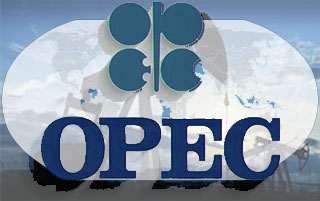What seemed impossible a few days ago, is now a reality. Bitter rivals within the cartel of oil producing countries have ironed out their differences in order to boost oil prices. But even if the gaps between Saudi Arabia and Iran in terms of production quotas were bridged, oil prices will remain volatile. Oil markets have evolved since the 1970’s, when OPEC had complete control over the price of crude through production quotas. The new, more dynamic oil markets could well send prices back down towards the low $40’s even after OPEC reduces its output.
The key players in the game are non-OPEC members. On one side Russia, which is one of the biggest – if not the biggest – oil producers in the world, could well move in and fill the gap. This is unlikely since apart from its own economy, its regional ally, Iran, would also benefit from a higher price. Still Putin could play with Russia’s supply to hurt the Saudis, whom have hurt Russia with their oil policies for 2 years now.
Then there are the unconventional oil producers who brought the prices down from $100 USD per barrel in 2014 to as low as $27 USD per barrel just 9 months ago. Most of these producers are in the US, and they will crank production up as soon as markets allow for it. In fact North American oil supplies could well send the price of oil back down within months if not weeks.
Back in the 70’s, such a decision by OPEC would have also kept the price of oil up for a longer time. However technology and the collapse of the Soviet Union eroded an already weak cartel, which is also known for its lack of discipline in keeping production at agreed upon levels. This means that despite this miraculous agreement between rival countries within the organization, higher oil prices will only find a solid foundation if and when demand recovers.





